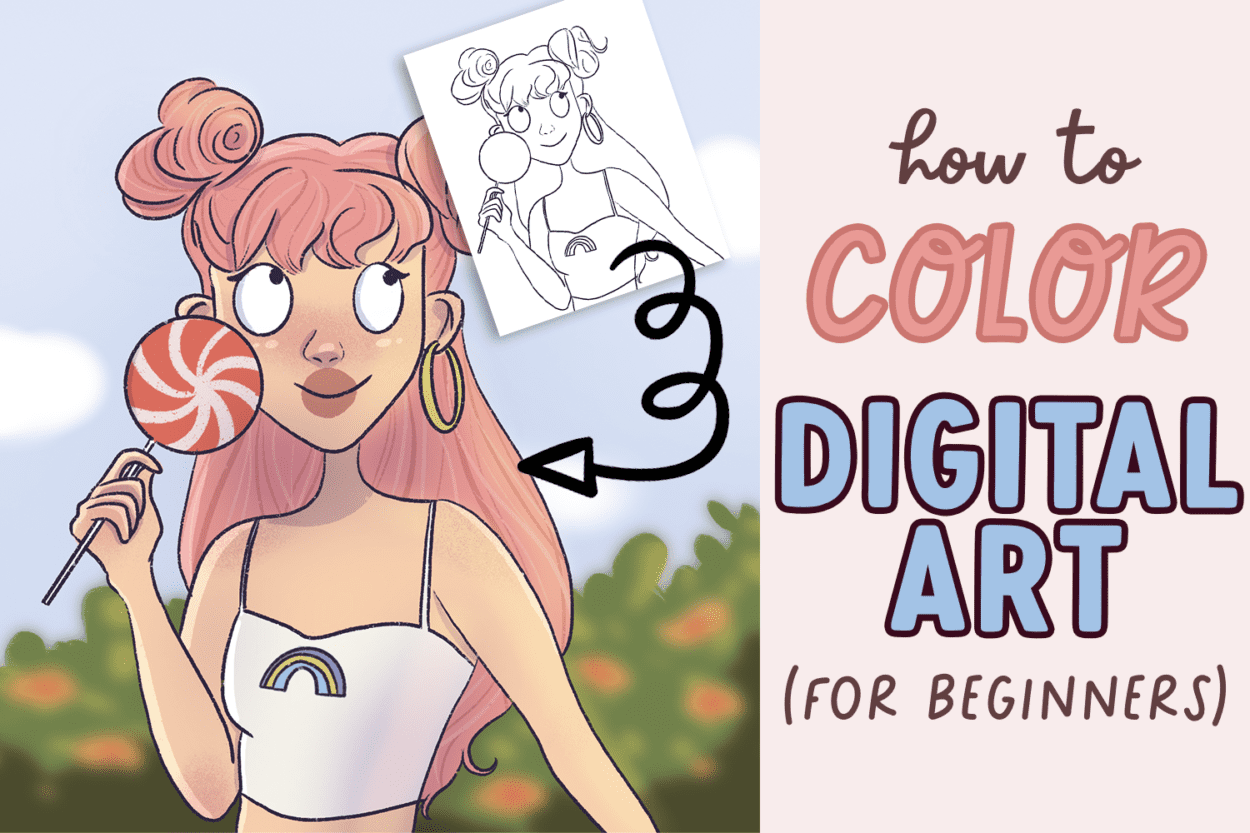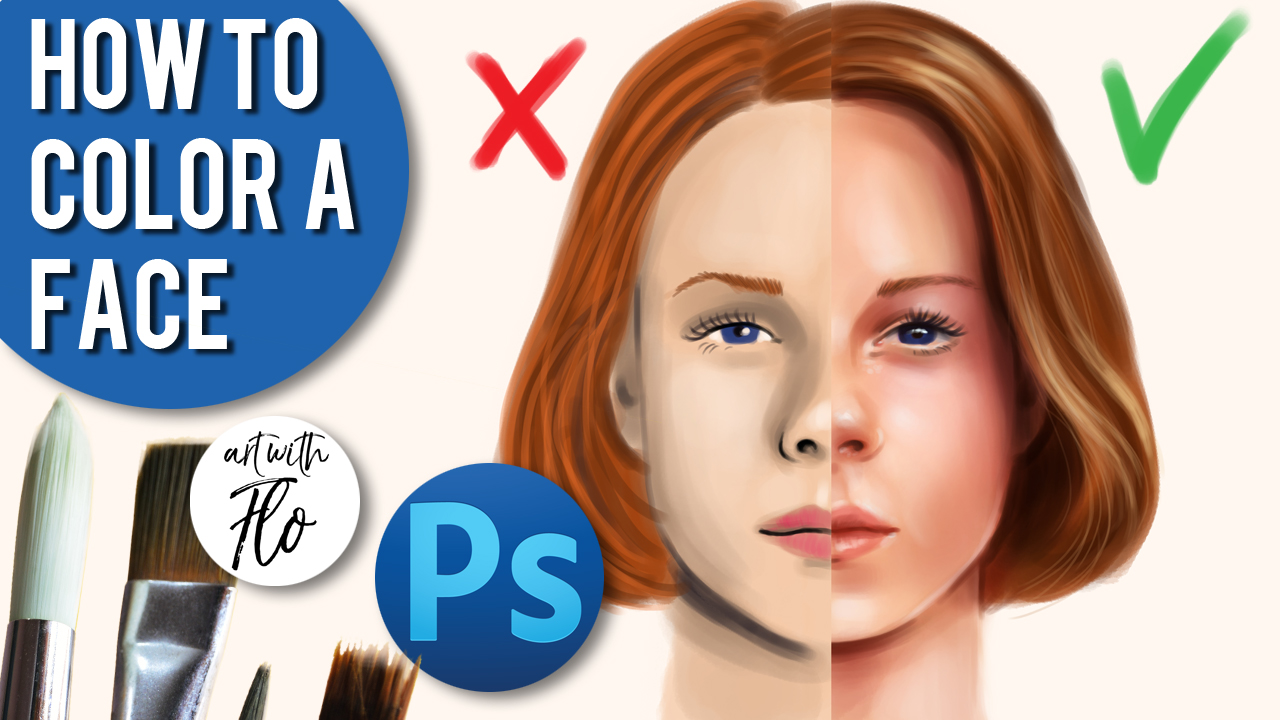Let’s be real here, folks. Digital art is all the rage these days, and if you’re trying to figure out how to color digital art, you’re not alone. Whether you’re a newbie dipping your toes into the world of digital painting or a seasoned artist looking to level up, coloring your artwork digitally can feel like a whole new ball game. But don’t sweat it—we’re here to break it down step by step so you can rock this process like a pro!
Coloring digital art isn’t just about slapping some hues onto your canvas. It’s an art form in itself, requiring skill, patience, and a dash of creativity. The good news? With the right tools, techniques, and mindset, anyone can master the craft. So grab your tablet, fire up your favorite software, and let’s dive into the colorful world of digital art together!
From choosing the perfect palette to blending like a wizard, we’ll cover everything you need to know. By the end of this guide, you’ll be confident enough to tackle any project and bring your ideas to life in vibrant colors. Ready? Let’s get started!
Read also:Dave Navarro And Girlfriend The Rockstars Love Life Unveiled
Why Learning How to Color Digital Art Matters
Before we dive deep into the nitty-gritty of coloring digital art, let’s talk about why it’s such a big deal. In today’s digital age, creating visually stunning artwork isn’t just a hobby—it’s a career path for many. Whether you’re designing characters for video games, illustrating book covers, or simply expressing yourself through art, mastering the art of coloring is essential.
Color plays a pivotal role in how your audience perceives your work. The right color palette can evoke emotions, set the mood, and make your piece stand out. On the flip side, poor color choices can ruin even the most intricate line art. That’s why understanding how to color digital art effectively is crucial for every artist.
Setting Up Your Digital Workspace
Before you start coloring, it’s important to set up your workspace correctly. Think of this as preparing your canvas before painting. Here are a few key steps to get you started:
Choosing the Right Software
There are tons of digital art programs out there, but which one should you use? Some popular options include Adobe Photoshop, Procreate, and Clip Studio Paint. Each has its own strengths, so your choice will depend on your budget, skill level, and personal preferences.
- Adobe Photoshop: Great for advanced users with deep pockets.
- Procreate: Perfect for iPad users who want a streamlined experience.
- Clip Studio Paint: Ideal for beginners and manga artists alike.
Investing in a Good Graphics Tablet
Your tablet is your brush, so investing in a quality one is worth it. Options range from budget-friendly Wacom Intuos to high-end Cintiq models. If you’re just starting out, don’t feel pressured to splurge—find something that fits your needs and budget.
Understanding Color Theory
Color theory might sound intimidating, but it’s actually pretty straightforward. At its core, it’s all about understanding how colors interact with each other. Here’s a quick rundown:
Read also:Seung Yong Chung Diane Farr The Untold Story Of Friendship And Collaboration
The Color Wheel
The color wheel is your best friend when it comes to choosing a cohesive palette. It helps you identify complementary colors, analogous colors, and triadic schemes. For example, blue and orange are complementary colors because they sit opposite each other on the wheel.
Warm vs. Cool Colors
Warm colors like red, orange, and yellow evoke energy and passion, while cool colors like blue, green, and purple convey calmness and serenity. Knowing when to use each can drastically enhance your artwork.
Step-by-Step Guide to Coloring Digital Art
Now that you’ve got your workspace set up and a basic understanding of color theory, let’s walk through the actual process of coloring digital art.
1. Start with a Clean Line Art
Your line art is the foundation of your piece, so make sure it’s clean and well-defined. You can either draw directly in your software or scan traditional artwork and clean it up digitally.
2. Create Separate Layers
Layers are your secret weapon in digital art. Use them to separate your line art, base colors, shadows, and highlights. This makes it easier to edit individual elements without affecting the rest of your piece.
3. Choose Your Palette
Pick a limited color palette to keep your piece cohesive. Too many colors can make your artwork look chaotic. Stick to 3-5 main colors and their variations.
4. Apply Base Colors
Fill in your line art with base colors using the brush tool. Don’t worry about being perfect at this stage—you can refine edges later.
5. Add Shadows and Highlights
Shadows and highlights give your artwork depth and dimension. Use a soft brush to blend colors smoothly and create realistic gradients.
Advanced Techniques for Pro Results
Once you’ve mastered the basics, it’s time to level up your skills with some advanced techniques.
Blending Like a Pro
Blending is key to achieving smooth transitions between colors. Experiment with different brushes and opacity settings to find what works best for you.
Using Textures and Overlays
Textures can add an extra layer of interest to your artwork. Whether it’s a subtle grain or a bold pattern, textures can transform a flat piece into something truly unique.
Tips for Choosing the Perfect Palette
Picking the right colors can make or break your artwork. Here are a few tips to help you choose wisely:
Refer to Nature
Nature is full of beautiful color combinations. Take inspiration from landscapes, flowers, and animals to create natural-looking palettes.
Use Online Tools
There are tons of online tools that can help you generate color palettes. Adobe Color and Coolors are two great options to explore.
Common Mistakes to Avoid
Even the best artists make mistakes, but learning from them is part of the process. Here are a few common pitfalls to watch out for:
Overloading on Colors
Using too many colors can overwhelm your audience. Stick to a limited palette to keep your piece cohesive.
Ignoring Lighting
Lighting is crucial for creating realistic shadows and highlights. Make sure to consider the direction and intensity of your light source.
Real-Life Examples of Stunning Digital Art
Nothing inspires like seeing amazing work from other artists. Check out platforms like DeviantArt and ArtStation to discover incredible examples of digital art. Pay attention to how other artists use color and apply techniques to their pieces.
Resources for Further Learning
Learning never stops, especially in the world of digital art. Here are a few resources to help you continue your journey:
- Online Tutorials: YouTube is packed with tutorials covering every aspect of digital art.
- Books: “Digital Painting Techniques” by 3DTotal is a fantastic resource for beginners and pros alike.
- Communities: Join forums and social media groups to connect with fellow artists and share tips.
Conclusion: Your Journey to Digital Art Mastery
And there you have it, folks—a comprehensive guide to how to color digital art. From setting up your workspace to mastering advanced techniques, we’ve covered everything you need to know. Remember, practice makes perfect, so don’t be afraid to experiment and find your own style.
Now it’s your turn! Share your thoughts in the comments below or tag us on social media with your latest creations. And don’t forget to check out our other articles for more tips and tricks to elevate your art game. Happy coloring, and keep creating!
Table of Contents
- Why Learning How to Color Digital Art Matters
- Setting Up Your Digital Workspace
- Understanding Color Theory
- Step-by-Step Guide to Coloring Digital Art
- Advanced Techniques for Pro Results
- Tips for Choosing the Perfect Palette
- Common Mistakes to Avoid
- Real-Life Examples of Stunning Digital Art
- Resources for Further Learning
- Conclusion: Your Journey to Digital Art Mastery


